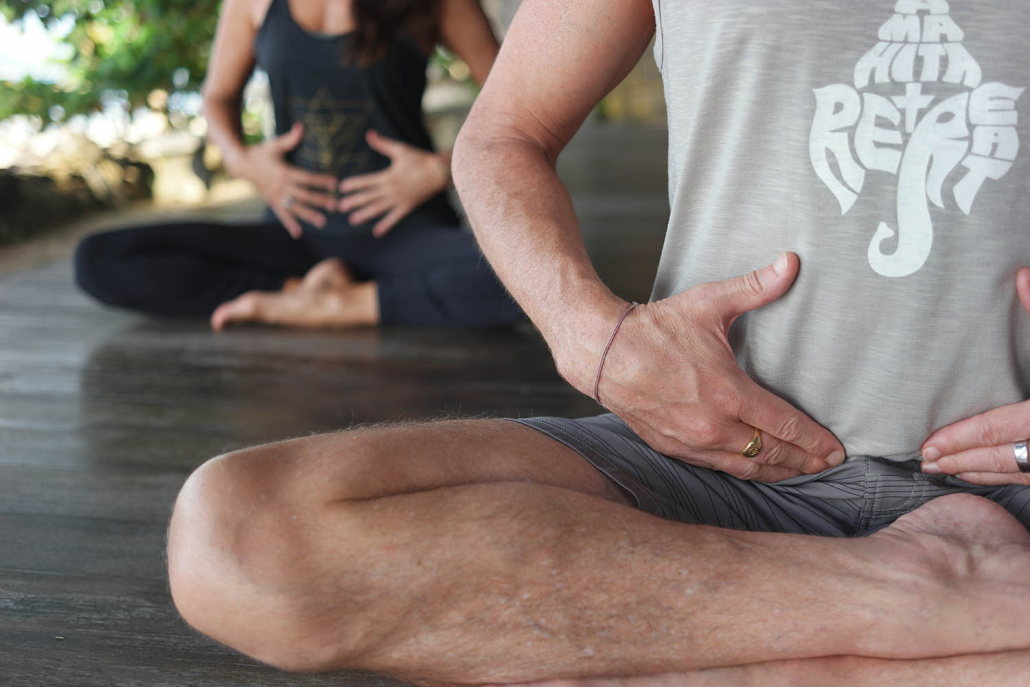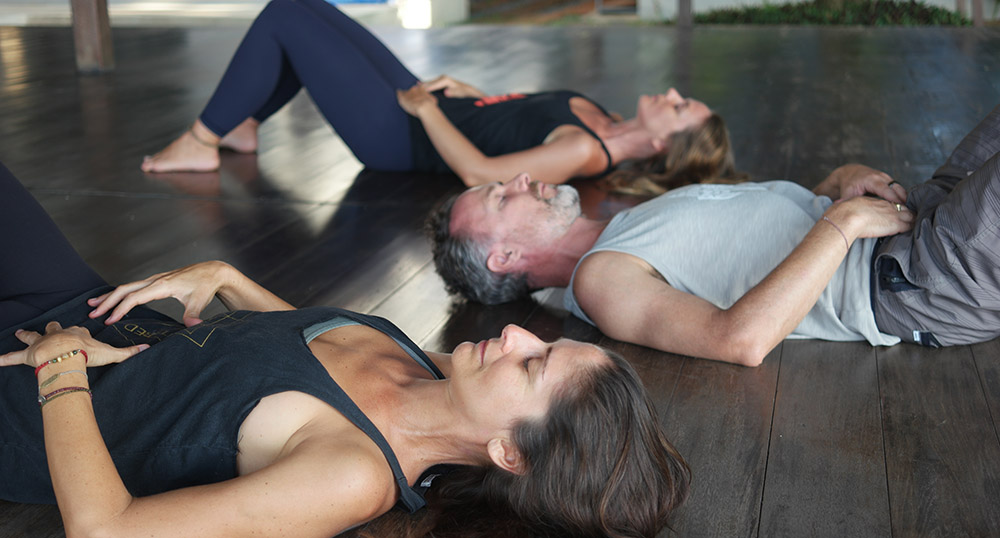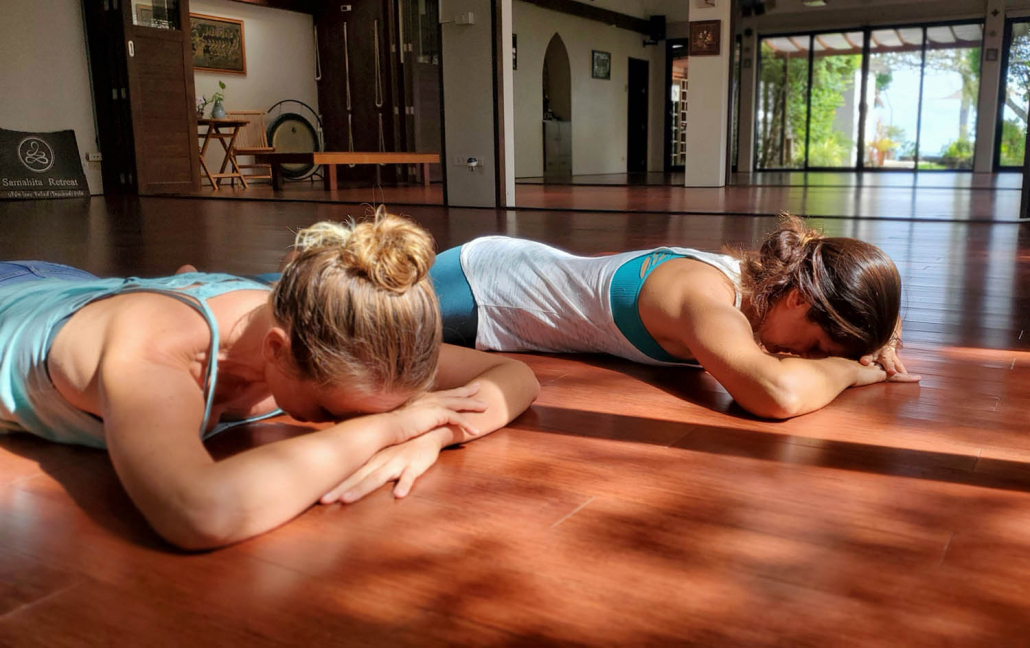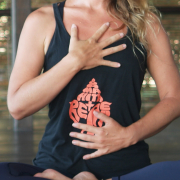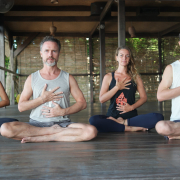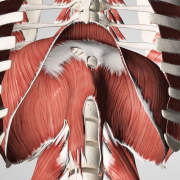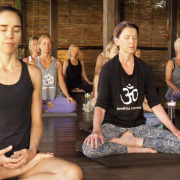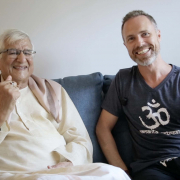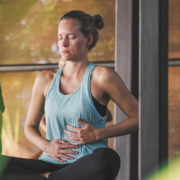 https://samahitaretreat.com/wp-content/uploads/2024/02/basic-breathwork.webp
600
798
Dr. Paul Dallaghan
http://samahitaretreat.com/wp-content/uploads/2024/01/samahita-logo-v2.svg
Dr. Paul Dallaghan2024-02-28 20:34:422024-02-28 20:35:53Navigate the World of Breathing
https://samahitaretreat.com/wp-content/uploads/2024/02/basic-breathwork.webp
600
798
Dr. Paul Dallaghan
http://samahitaretreat.com/wp-content/uploads/2024/01/samahita-logo-v2.svg
Dr. Paul Dallaghan2024-02-28 20:34:422024-02-28 20:35:53Navigate the World of BreathingBreath – The Power of Exhalation.
Within a comprehensive breath practice repeated and measured breaths are taken. The exhalation is typically elongated and drawn out when compared to the inhalation. The value of breath training and practices with a specific focus on the exhale, have been shown to have a number of physiological benefits, ranging from the prevention to the care of certain conditions:
- Improvement in lung function especially against infection
According to a recent clinical review (1), the goal of treatment for patients suffering from COVID-19 symptoms, in the absence of an anti-viral cure, should be an intensive maintenance of organ function that can result in lower mortality. One suggested method for treatment is to supplement or replace lung function, using methods such as a refined Positive End Expiratory Pressure (PEEP) that delivers an extra pressure at the end of each exhale to keep the lung vesicles open. Trained and regulated breathing practices emphasize exhalation, both the duration and controlled force to that, typically coupled with an end-expiratory force. As such lung function can be improved and strengthened with an overall increased ventilatory capacity.
- Breath efficiency
Yoga’s approach to breathing involves training of respiration in bodily positions that open up the lungs so the same breath is more efficiently employed across lung function. More importantly, correctly trained and practiced breathing exercises emphasize the length, force and pressure of each exhale, done repeatedly and continuously on each round of breath. The repeated taking in of measured, slightly large inhales and the capacity to elongate and draw out the exhale leads to improved respiratory muscular functioning and lung capacity.
- Disease prevention and support
Other than the application of prone breathing, yoga’s breathing exercises are typically not applied in acute conditions but rather serve as preventive in the long run, potentially supportive when symptoms are mild, and developmental over the long term of a robust and healthy lung and respiratory muscle function. When learned and practiced regularly they also serve as a no-cost individual practice approach to support lung function.
- Historical use for nervous system stabilization
Reference to prolonged (extra pressure) exhalation can be found in Sanskrit texts relating to comprehensive yoga over the past 2,500 years: prescribed exhalation combined with utterance of mantras, done on one exhale, in 400 BCE texts; to later teachings by 450 CE as a specific recommended method to calm the mind and stabilize the nervous system; to being fully integrated in the performance of Hathayoga breath techniques detailed in the past 700 years.
- Coronary heart disease and all-cause mortality prediction
Recent scientific research has shown pulmonary lung function to be a predictor of coronary heart disease (CHD). It was found that predicted forced expiratory volume i.e. how much air a person can exhale during a forced breath, was significantly inversely related to CHD (2). In addition, the Framingham study concluded that pulmonary function measures provide additive prediction for all-cause mortality(3).
- Blood pressure reduction
COVID-19 has been shown to more severely affect elderly and those with other comorbidities, particularly with respect to cardiac and lung function. Jones et al. (REF) recently showed that a slow respiratory muscle training was effective in reducing resting blood pressure in the elderly subjects while their inspiratory muscle strength and lung capacity were also increased.
The power of exhalation should not be underestimated and its nature and value explored more in terms of well-being, lung function, and as a low- to no-cost overall health measure. Breathing exercises with the extended exhale, done regularly in a routine, can be used to train the respiratory system for these benefits. The ratio of the inhalation and exhalation, and the consistency of the length of breath across several repeated rounds of breathing is key for a breathing exercise routine to be effective.
Link to Main Article:
The Power in Yoga’s Approach to Upgraded Breathing
Links to Guided Breathwork Practices:
Breathing Exercise 1 – Breathwork Level – Beginner – BI-Ratio Breath
Breathing Exercise 2 – Breathwork Level – Intermediate – TRI-Ratio Breath
Breathing Exercise 3 – Breathwork Level – Advanced – QUAD-Ratio Breath
Dr. Paul Dallaghan’s expertise with breathwork, body and meditative practices comes from three sources: (1) three decades of daily dedicated practice and teaching these techniques; (2) uniquely acknowledged in the Yoga tradition by the title of “Master Yogi-Prānācharya (expert in breath)”, following an immersion in the original culture through one-on-one direct training in practice and study of ancient texts; (3) a PhD in doctoral scientific research at a leading US university (Emory) covering both the tradition and science of yoga and breath practices in terms of stress, health and aging. As a result, Paul occupies a unique space to impart genuine teaching and science on the breath, body, and meditative practices, seen as a Teacher-of-teachers and identified to carry on the tradition of Pranayama. His sincere and ongoing role is to teach, write and research, to help put out experienced and authentic information on these areas of how we live, breathe and be, to help people improve their mental and physical health, and live more fulfilling lives.
For more on his background see his bio
References
- Peng Xie, Wanyu Ma, Hongbo Tang, Daishun Liu. Severe COVID-19: A Review of Recent Progress With a Look Toward the Future. Frontiers in Public Health, 2020; 8 DOI: 10.3389/fpubh.2020.00189
- Pulmonary Function as A Predictor of Coronary Heart Disease
American Journal of Epidemiology, Volume 129, Issue 1, January 1989, Pages 97–104
https://doi.org/10.1093/ - Forced vital capacity paired with Framingham Risk Score for prediction of all-cause mortality
H.M. Lee, H. Le, B.T. Lee, V.A. Lopez,
N.D. Wong European Respiratory Journal 2010 36: 1002-1006; DOI: 10.1183/09031936.00042410
More from the Samahita Blog
